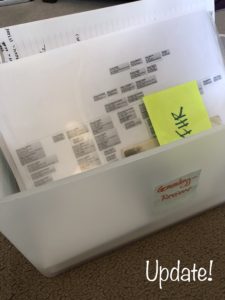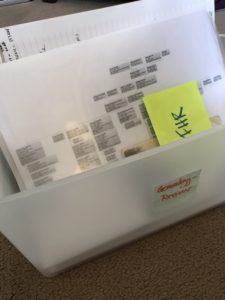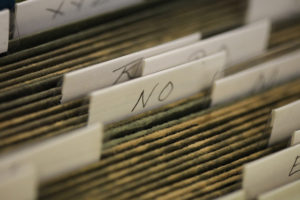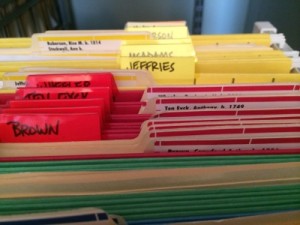 At the end of last month, I confessed how I’d found a stash of unfiled genealogy-related documents and vowed to go through them for 30 minutes a day until they were gone. I also had a rather large library of genealogy journals I want to at least skim.
At the end of last month, I confessed how I’d found a stash of unfiled genealogy-related documents and vowed to go through them for 30 minutes a day until they were gone. I also had a rather large library of genealogy journals I want to at least skim.
In the comments of that post, a number of you said you’d join me in this paper-busting challenge. I thought I’d write a post today to let you know how it’s going for me and ask how it’s going for you.
Overall, for me, I’d say the challenge has been very worthwhile. I went out of town on the 15th, but before that I did manage to go through paper every day, though some days it was for as little as 15 minutes. I managed to resist going down rabbit holes or chasing bright, shiny objects that appeared while I did this. I kept my eye on the prize.
The best part is that I’ve kept very little paper. Much of my time has been spent making sure that I either already had downloaded the documents I had on paper (particularly those from the fat envelope sent to me by the Alabama Archives) or looking for and downloading easier-to-read copies of those documents.
So I scanned a few papers but I recycled the vast majority of them. I’m almost finished with the loose paper, but I still have all those journals to go through. I’m fairly confident I can finish by the end of the month.
I’m here to tell you, this feels great. And I’m so glad that most of the time I don’t have to deal with much genealogy paper. As I mentioned in a post last week, this project has been making me appreciate my digital lifestyle!


 If you’ve read this blog from its start six years ago, you know that
If you’ve read this blog from its start six years ago, you know that 